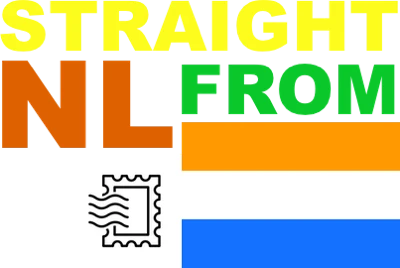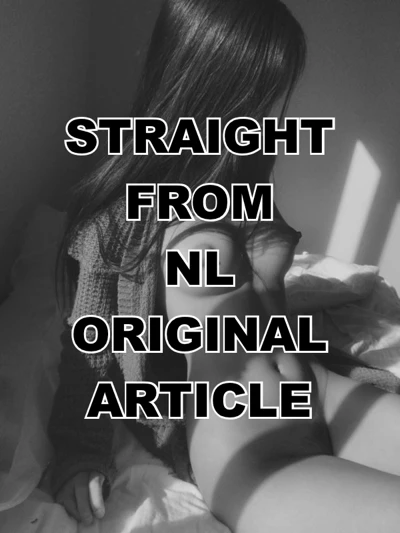The Netherlands has a sophisticated system of regulation for the medical prescription and sale of drugs. The Dutch have adopted the European Union Directive 2001/83/EC as the basis of their pharmaceutical regulatory framework. This Directive, which is also known as the “Marketing Authorisation Directive”, defines the process for obtaining authorisation to market a drug in the EU.
In the Netherlands, a pharmaceutical company must first submit a marketing authorisation application to the Netherlands Medicines Evaluation Board (MEB). This application must provide evidence of the safety, efficacy, and quality of the drug, and include a risk-benefit assessment. If the MEB approves the application, the drug is authorised for sale in the Netherlands.
Once a drug is authorised for sale, the MEB publishes a Drug Information Leaflet (DIL) containing information about the drug’s indications, contraindications, side effects, dosage, and other important information about the drug. This DIL must be distributed to physicians and other healthcare professionals when the drug is prescribed, as well as to patients when the drug is dispensed.
In addition, all drugs that are authorised for sale in the Netherlands must be placed in a national drug database. This database, which is maintained by the MEB, contains information about all drugs that are available in the Netherlands, including their indications, contraindications, and side effects.
Finally, all drugs that are used in the Netherlands must be prescribed in accordance with the Dutch national formulary. This is a list of drugs that are approved for use by Dutch healthcare professionals, and it is regularly updated and reviewed by the MEB.
Overall, the Netherlands has a robust system of regulation for the medical prescription and sale of drugs. This system is designed to ensure that drugs are prescribed and dispensed safely and effectively in the Netherlands.



Leave A Comment